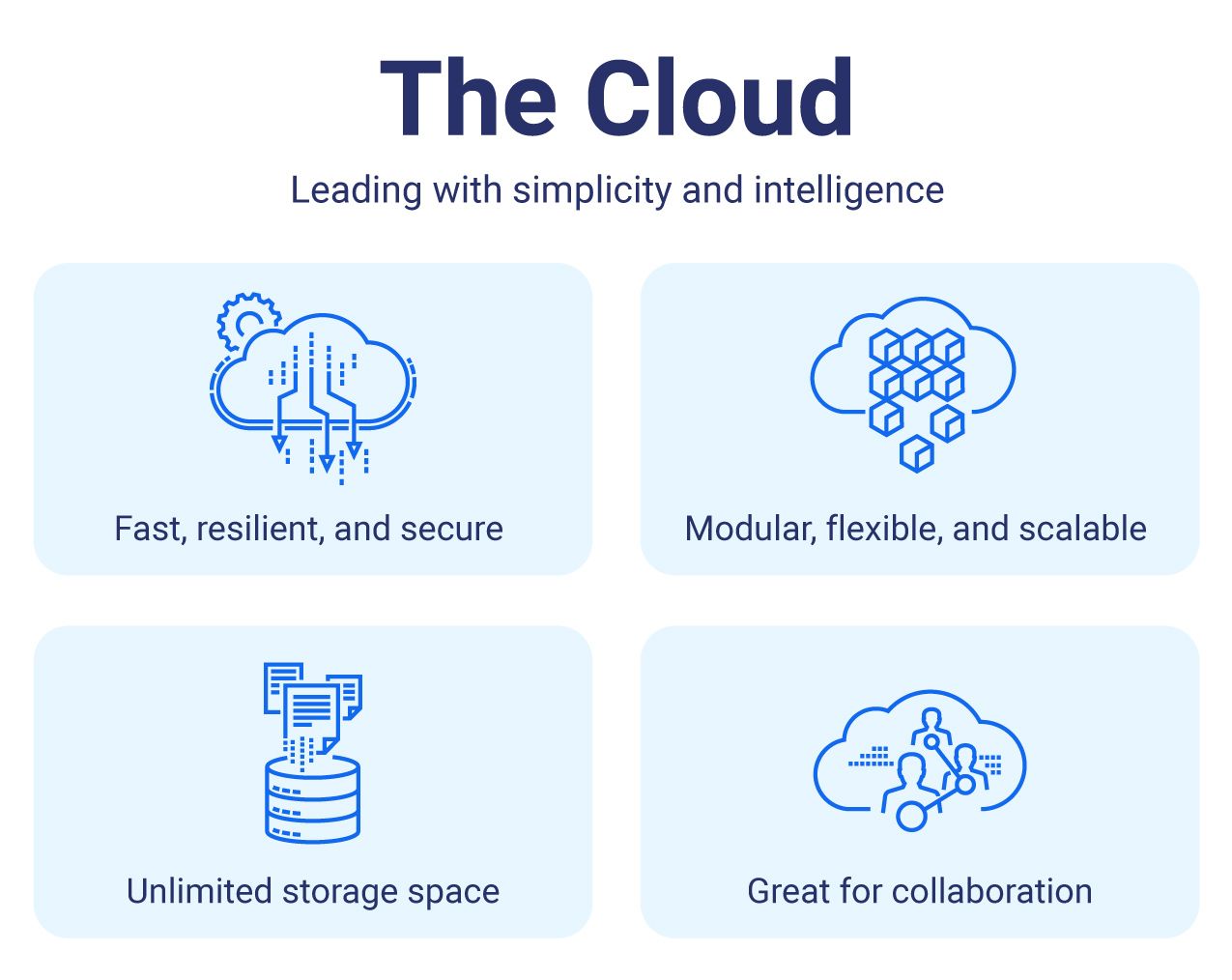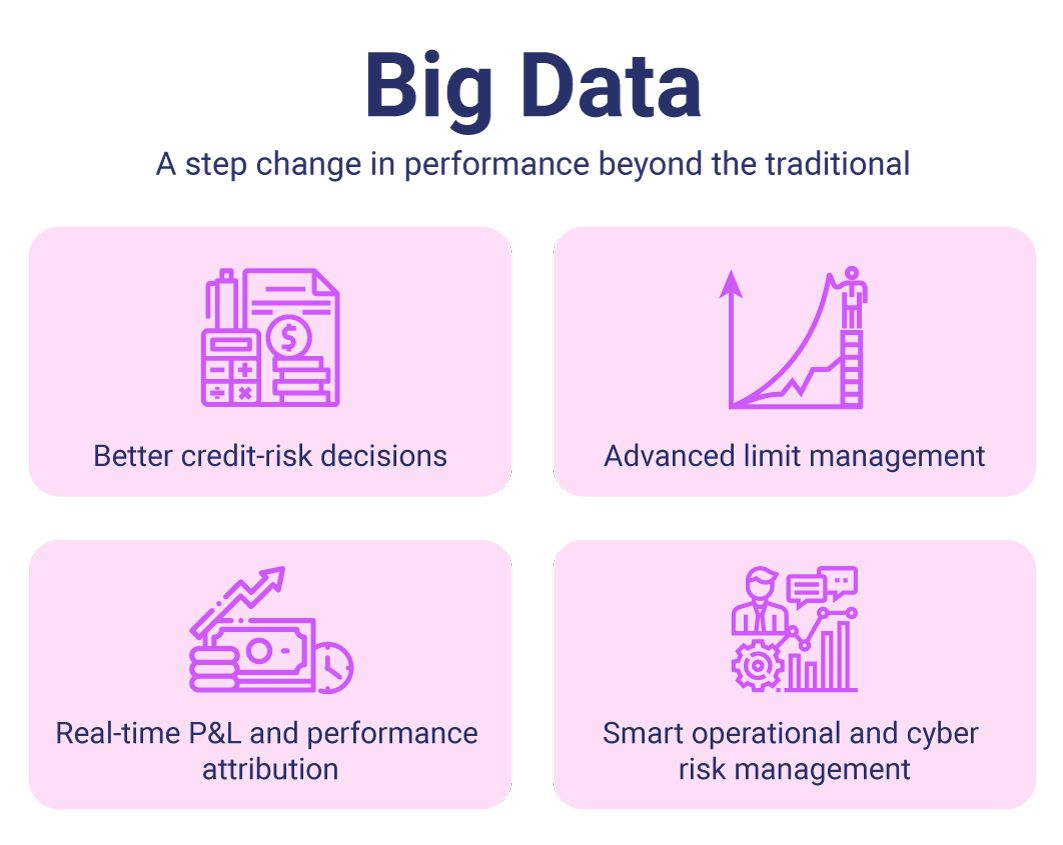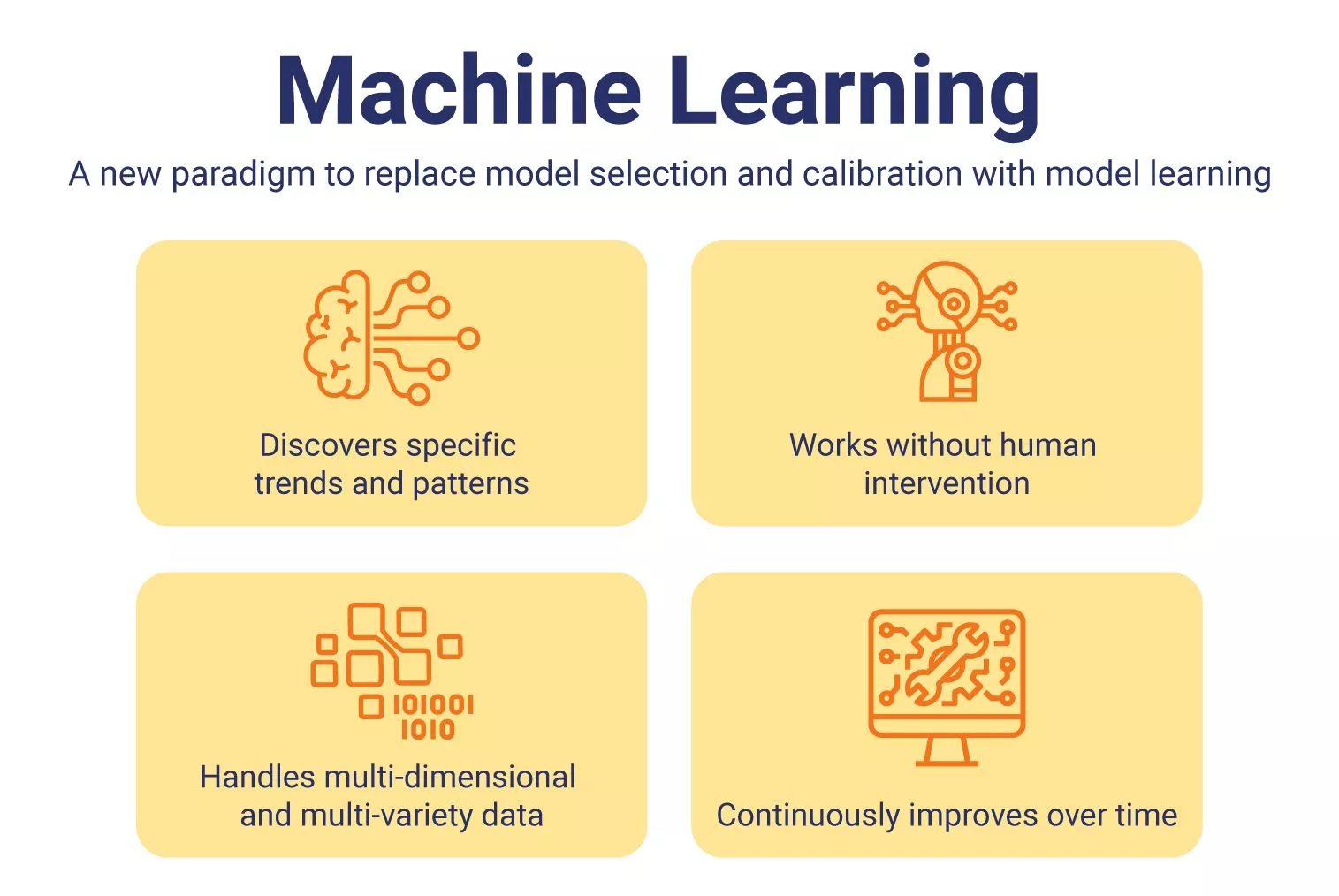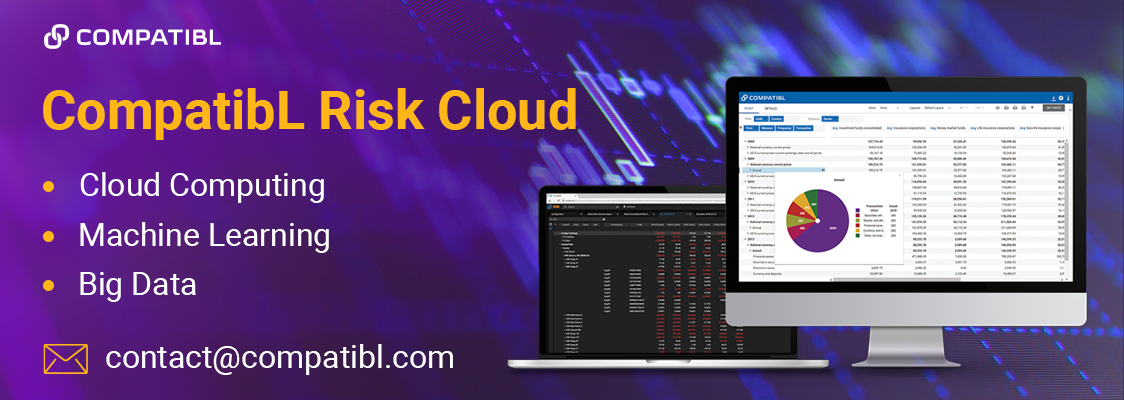Cloud computing, big data, and machine learning are three major technological trends that will continue to affect how the architecture of enterprise risk applications is developed. According to recent trend reports, these technologies are among the fastest growing and potentially the most disruptive IT innovations of our generation. They are the three pivotal factors propelling the industry forward, transforming the pace and shape of innovations in risk software architecture.
The virtually unlimited computational power and storage capacity of the cloud, combined with lightning-fast big data processing and machine learning modeling, can improve risk management. However, simply transplanting your legacy risk system to the cloud and slapping all these technologies onto it without making proper changes to its architecture will not work, or at least not work as you expect it to. And here’s why.
Should you be re-architecting to take advantage of cloud-native capabilities?
The cloud is a concept that has been around for decades. Before its widespread popularization by Amazon (AWS), Microsoft (Azure), and Google (Google Cloud), companies had to invest in on-premises infrastructure and infrastructure-based data storage. Over time, cloud-based technologies started to become particularly attractive to, and welcomed by, small but growing companies. Now, the cloud has fully evolved into a haven for most operations of businesses of any size—becoming a far more powerful tool for transformation than could be dreamt of in its earliest stages. Cloud computing has introduced a completely new paradigm for how applications are built and integrated by banks and financial institutions nowadays.
One of the cloud’s most distinctive features, cloud scalability, has eased the stress on enterprises and organizations concerned with the cost and resources of data storage and protection. But scalability is not the only major advantage of the cloud over traditional on-premises software—it is its standards-based architecture that dramatically improves the interoperability of software components.
The standards-based nature of the cloud has proved to be a game changer in digital transformation. Cloud software uses standards-based RESTful APIs, standard container-based deployment strategies, and standards-based ways to acquire computing and other resources in the cloud. Adopting standards-based architecture and cloud microservices helps to seamlessly integrate applications, making them less monolithic and more easily adaptable to an organization’s evolving risk management needs.
Even though risk management is integral to the overall risk strategy of any financial organization, not every solution is going to be a perfect fit for your particular business. To help you establish an appropriate credit risk environment with effective monitoring and reporting processes, we developed CompatibL Cloud—an award-winning multi-cloud risk management platform that runs on virtually any set of cloud technologies or cloud provider, uses quantitative algorithms, and leverages the standards-based cloud-native architecture.

Can big data boost the effectiveness of enterprise credit risk management?
Thanks to the use of big data, credit risk management is becoming increasingly digital. Big data helps process large data sets that are too unwieldy for traditional database systems to handle. For credit risk, most data sets are notoriously enormous, as they are compiled from many external and internal sources, bringing all the data of the counterparty being evaluated together in one place.
The investigation of the external data of a counterparty, such as its social network data, the ecosystem of its suppliers, partners, and industry, is just as significant as the traditional analysis of internal factors such as its credit history, capacity to repay, capital, conditions of the loan, and associated collateral. The traditional ways cannot provide sufficient results anymore, simply because the customer’s historical data does not include all these external parameters, or its historical data is altogether non-existent or too difficult to obtain.
Although using big data is challenging and—as with any not yet fully explored new technology—has some drawbacks, for the financial services industry it definitely brings enough benefits to warrant at least tapping into it for its potential to optimize your enterprise operations, enhance risk analysis, and gain a competitive advantage.
Will machine learning facilitate credit risk management processes?
According to the World Bank, machine learning can improve credit risk modeling. Moreover, today we are on the verge of transitioning to a new paradigm where model selection and calibration are replaced by model learning. The emerging new breed of machine learning models for validation and risk offer non-subjective, advanced capabilities that surpass traditional models.
For the past four decades, quantifying risk has involved model selection and model calibration, processes that may seem daunting even for seasoned quants. Historical models are based on historical data alone, and require more data for the specific risk factor than other models, e.g., a historical value-at-risk or expected shortfall in market risk. Stochastic models rely on the theory of market dynamics, and their quality of fit to the historical data may vary. Empirical models require a functional form that cannot be simply selected based on any particular theory, such as those by Nelson and Siegel or De Guillaume, Rebonato, and Pogudin.
Machine learning does not require a model or form to be selected. The elimination of the subjective step of model selection provides key benefits that were previously associated only with historical models. The algorithm learns the model from the data without directly selecting a model for calibration. Machine learning identifies complex, nonlinear patterns in large data sets, and makes more accurate risk models possible. Machine learning makes it possible to construct a rigorous view of risk from all the available data, without predefined notions of what stochastic processes or equations should be used to describe that data. These models continue to improve as more data becomes available, enhancing their predictive power further over time.
An example of this is CompatibL’s new machine learning models, market generators, next-generation credit risk modeling algorithms that have the potential to shape the future of quantitative finance.

Conclusion
Cloud computing, big data, and machine learning are now among the most promising and futureproof technologies that will only continue to improve, introducing more new areas of application. A structured adoption of these technologies, including holistic cloud computing governance programs that address the associated architectural risks and are incorporated into enterprise risk management strategies, will enable banks and financial institutions to derive the most value and achieve their strategic objectives.
Integrating cloud computing, big data, and machine learning into your risk management processes and partnering with an expert company can provide many of the tools and services needed for your organization to succeed long term.

Services



